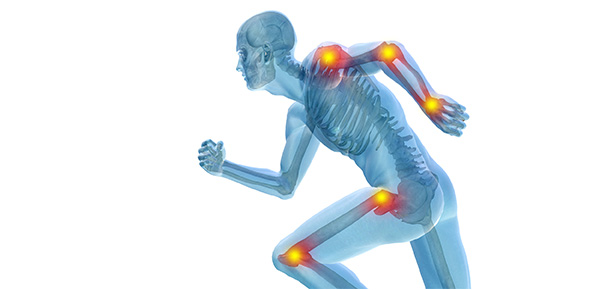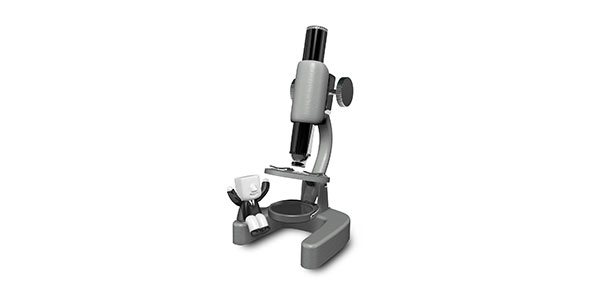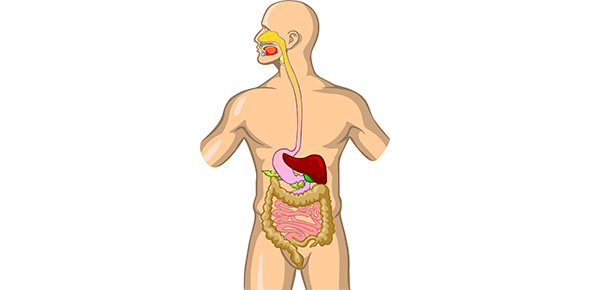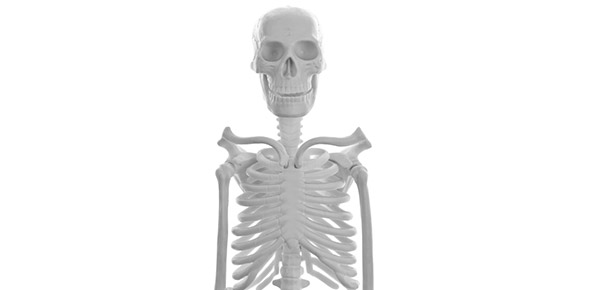Related Flashcards
Related Topics
Cards In This Set
| Front | Back |
|
Urinary system Functions:
|
1. Regulation of Bofy fluid volume
-decreased BV = decreased BP
-conserve/eliminate water in blood
2. regulation offluid osmolarity and composition
-Na+, K+, Cl-, Ca2+, phosphate ions
3. waste removal(metabolism by products)
-AA: nitrogeneous wastes (urea from liver)
-Fatty acids: acids
-removes things from the blood = cleans it
4. endocrine control
-renin: cascade for BP: regulates the production of hormones involved in sodium balance and BP homeostasis
-Erythropoietin: for RBC production
--its a hormone that boosts RBC production from bone marrow
--synthesizes RBC
5. territory and sex marking
|
|
Name the components of the urinary system
|
 -(2)kidney: filters blood: site of urine formation -(2)ureters: hollow tube away from the kidney to the bladder -bladder: holds urine -urethra: urine excreted through this from bladder |
|
-filters 180L of plasma/day = 45gallons
-excretes 1.5L urine/day
-per year = 137gallons lifetime = 10,265gallons
-kidney receives 25% of cardiac output
--1250mL/min of 1700L/day
--brain: 0.8ml/min gram
--kidney: 5mL/min gram
-kidneys see more blood flow than most body organs
|
Know this
|
|
Kidney information
|
Paired
-kidney bean shaped
-4.5inches long
-it lies behind the peritoneal cavity
---aka retroperitoneal position
-left kidney is higher
|
|
Kidney anatomy
|
 capsule: transparent outer fibrous membrane -tough and rigid structure Renal Cortex: latyer between capsule and medulla -includes cortical column: Each column consists of lines of blood vessels and urinary tubes and a fibrous material -cortical arches -includes the glomeruli, distal/proximal convoluted tubules Renal Medulla: 8-18 renal pyramids --includes the loop of henle, collecting ducts /classes/bios/bios100/lecturesf04am/kidney01a.jpg Renal Pelvis: funnel-like dilated proximal part of the ureter in the kidney. -minor --> major calyce --transfers urine to ureter |
|
Nephron
functions
2 types
|
-its a functional unit: responsible for the actual purification and filtration of the blood
-- regulates concentration of water and sodium salts by filtering the blood, reabsorption and excretion of rest as urine
--1-3million per kidney
--each 3cm long = 50 miles of tubing
-functions:
1. filtration of blood plasma
2. reabsorption of water, AA's, sugar and salts
3. secretion of H, K ions
-these functions all urine concentration and acidification
types:
1. coritcal nephron: located in the renal cortex
--glomerulus and convoluted tubules
2. juxtamedullary nephron: located in the renal medulla
--loop of henle/collection duct
|
|
5 principle nephron parts (name them)
|
 Renal corpuscle proximal convoluted tubule loop of henle distal convoluted tubule collection duct |
|
Renal corpuscle
|
-site of plasma filtration and glomerulus
-renal corpuscle = glomerulus + bowmen's capsule
-include afferent/efferent arterioles
|
|
Glomerulus
|
 -fenestrated capillary exchange unit --means the capillary has large pores that allow most components of plasma to filter through the endothelium -glomerulus = filtration function: filter fluid out of blood and into the lumen of the nephron at this location -includes -simple squamous: form parietal layer of capsule -basal lamina: filtration layer/barrier --separate capillary endothelium from lining of Bowmen's Capsule -podocytes: control the filtration of proteins from the capillary lumen into Bowman's space. -mesangial cells: serve as structural supports, may regulate blood flow, are phagocytic and may act as accessory cells, presenting antigen in immune responses. |
|
Glomerulus and arterioles
|
Afferent: incoming flow into glomerulus
-smooth muscle resistant to angiotensin II
---no vasoconstriction = no increase in BP
efferent: outgoing flow from the glomerulus
-only kidney has capillaries that are drained by arteriole
-smooth muscle activated by angiotensin II
---vasoconstriction = increased in BP
---maintains GFR and pressure in kidneys
|
|
Bowmen's capsule
|
-surrounds the glomerulus
-collects fluid from the glomerulus and into its capsule
|
|
Proximal convoluted tubule
Tm
|
Main function = REABSORPTION
-85% reabsorption of water, Na+, AA, glucose, electrolytes
-glucose coupled with Na+ transport
-most important part of the nephron
-tubular maximum(Tm) = 375mg/dl men 300mg/dl women
--this relates to levels of SUGAR in urine
-if less than this number = not diabetic(none in urine)
-if more than this number = diabetic(sugar in urine)
http://img221.imageshack.us/img221/4852/renaldiuretics9gr.gif
|
|
Loop of Henle
|
 -creates a concentration gradient in the medulla -is a counter current multiplier: production of hyperosmolar urine -becomes more concentrated as it goes down loop and less concentrated going up the loop -thin descending limb: water permeable to medullary space --actively pump salt into tissue so water follows --makes the filtrate more concentrated -thick ascending limb: water impermeable and Na+ permeable --reestablished the hypo/iso state of filtrate Vasa recta: involved in coutercurrent exchange -flow in opposite directions; leads to exchange of concentrations --returns reabsorbed fluid/solute back into vascular system /PPaulev/chapter25/images/25-14.jpg -whereever the salt goes, water follows http://img221.imageshack.us/img221/4852/renaldiuretics9gr.gif |
|
Distal convoluted tubule
|
-active secretion of substances into tubular filtrate
-functions
1. secretion(K+ withaldosterone) into filtrate
-sodium level/absorption mediated by aldosterone
2. acidification
-secrete H+ protons into filtrate
3. reabsorption
-Na+ reabsorbed into body tissue
-aldosterone increases sodium reabsorption
-macula densa/J-G apparatus:
-macula densa: detect water and ionic volume levels; if low, then promote release of renin by the J-G apparatus
--in the end, regulate blood volume and pressure through renin-angiotensin-aldosterone system
http://img221.imageshack.us/img221/4852/renaldiuretics9gr.gif
|
|
Collecting duct
|
-absorb remaining 15% of fluids
-final water reabsorption
-allows final urine concentration to occur
-permeable to water/urea
---makes it more concentrated
-H20 reabsorption from ADH produced by Supraoptic nuclei of hypothalamus
-ADH stored/released by posterior pituitary
http://img221.imageshack.us/img221/4852/renaldiuretics9gr.gif
|








